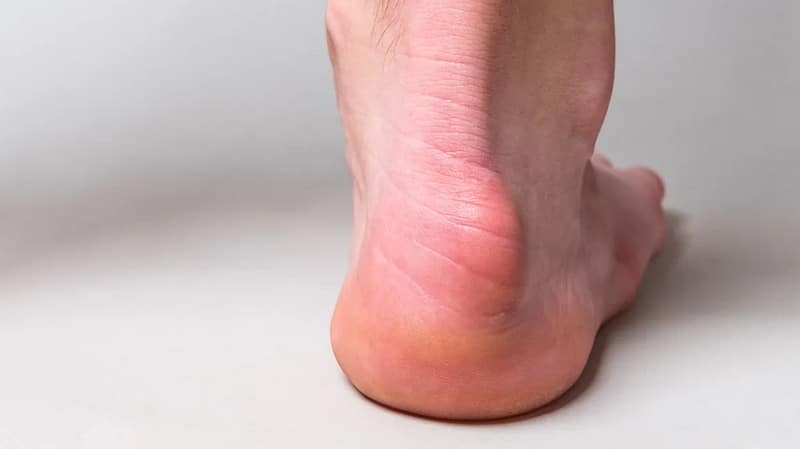Heel Swelling

Heel swelling, also known as bursitis, is a condition that typically affects the small, fluid-filled sacs known as bursae that cushion the tendons, muscles, and bones located near the joints. Bursitis develops when the bursae become inflamed and can cause a limited range of motion and tenderness.
While bursitis manifests on the elbows, shoulders, and hips, people can also experience the condition in the heels, knees, and base of the big toe. Health experts say that bursitis often affects the joints which perform repetitive motion. In addition, individuals can develop heel swelling if they’re 40 and above, are overweight or suffer from rheumatoid arthritis, diabetes, and gout. Additionally, some hobbies and occupations expose an individual to a higher risk of heel swelling.
When someone experiences heel swelling, they can protect their heel from further trauma by resting the feet. They can elevate the feet and keep weight off them for at least a few days so the inflamed tendons would heal properly. It’s also good to ice the area immediately if injured or apply a hot compress for ongoing pain. People with bursitis can consult a doctor and request pain medications such as naproxen and ibuprofen to manage the condition.










